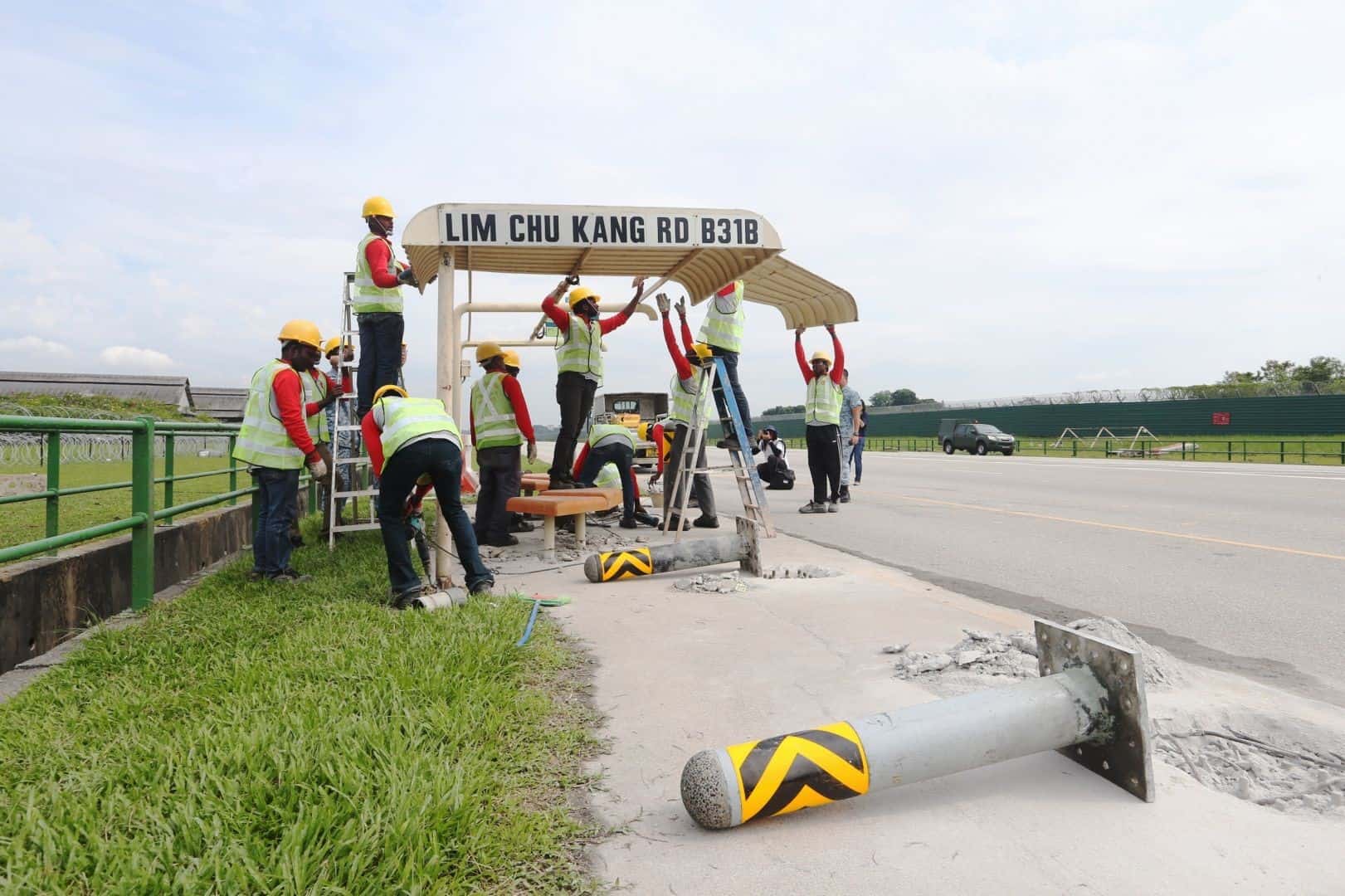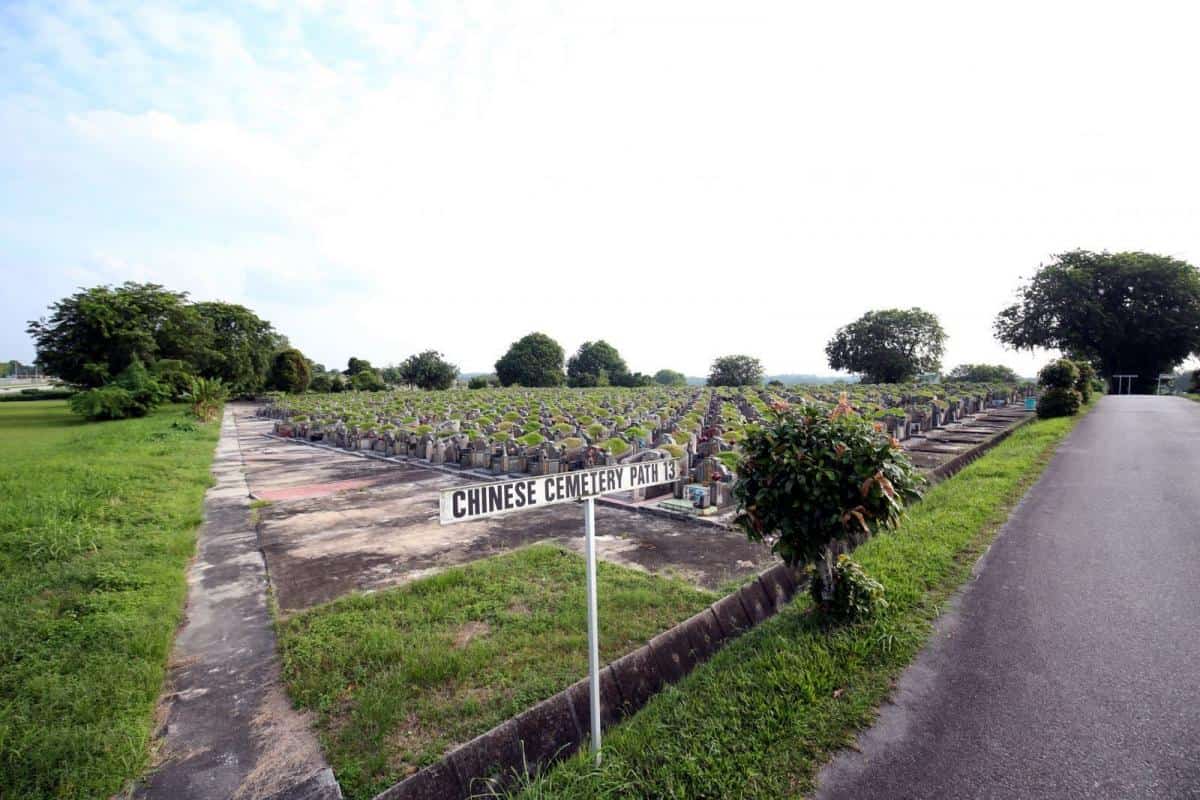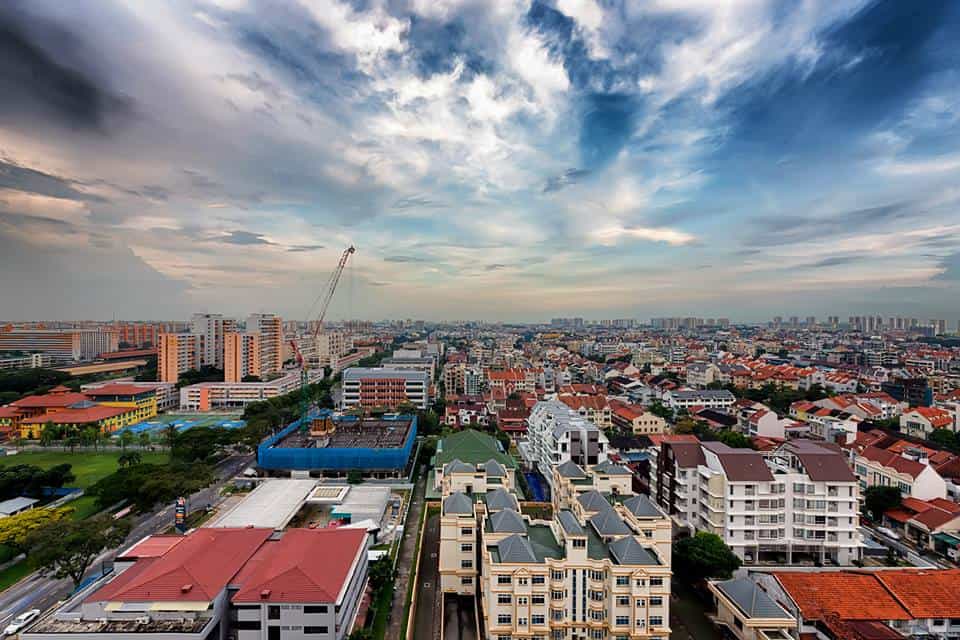6 farmlands – which include a vegetable farm, an egg farm, and a plant nursery – will have to make way for the expansion.
The line between heritage and national interest is thrown into question: What and who decides if heritage should be kept?
The word heritage has been thrown around a lot lately, and it’s not hard to see why.
In the first half of the year alone, three sites of heritage have already been in contention – Sungei Road, 38 Oxley Road and most recently the Tengah area in Lim Chu Kang.
Like the previous two incidents before them, Tengah truly shows that the debate between development and heritage is certainly no black and white situation.
On July 18, the Ministry of Defence announced plans to expand Tengah Airbase westward in a move that will see several cemeteries and farm lands being acquired for use by the base.
This expansion is part of the government’s plan to relocate Paya Lebar Airbase by 2030, where several elements of the base will be moved to Tengah.
Stakeholders Affected
While the news may seem like a pretty straightforward act of development, there are unfortunately, many stakeholders affected.
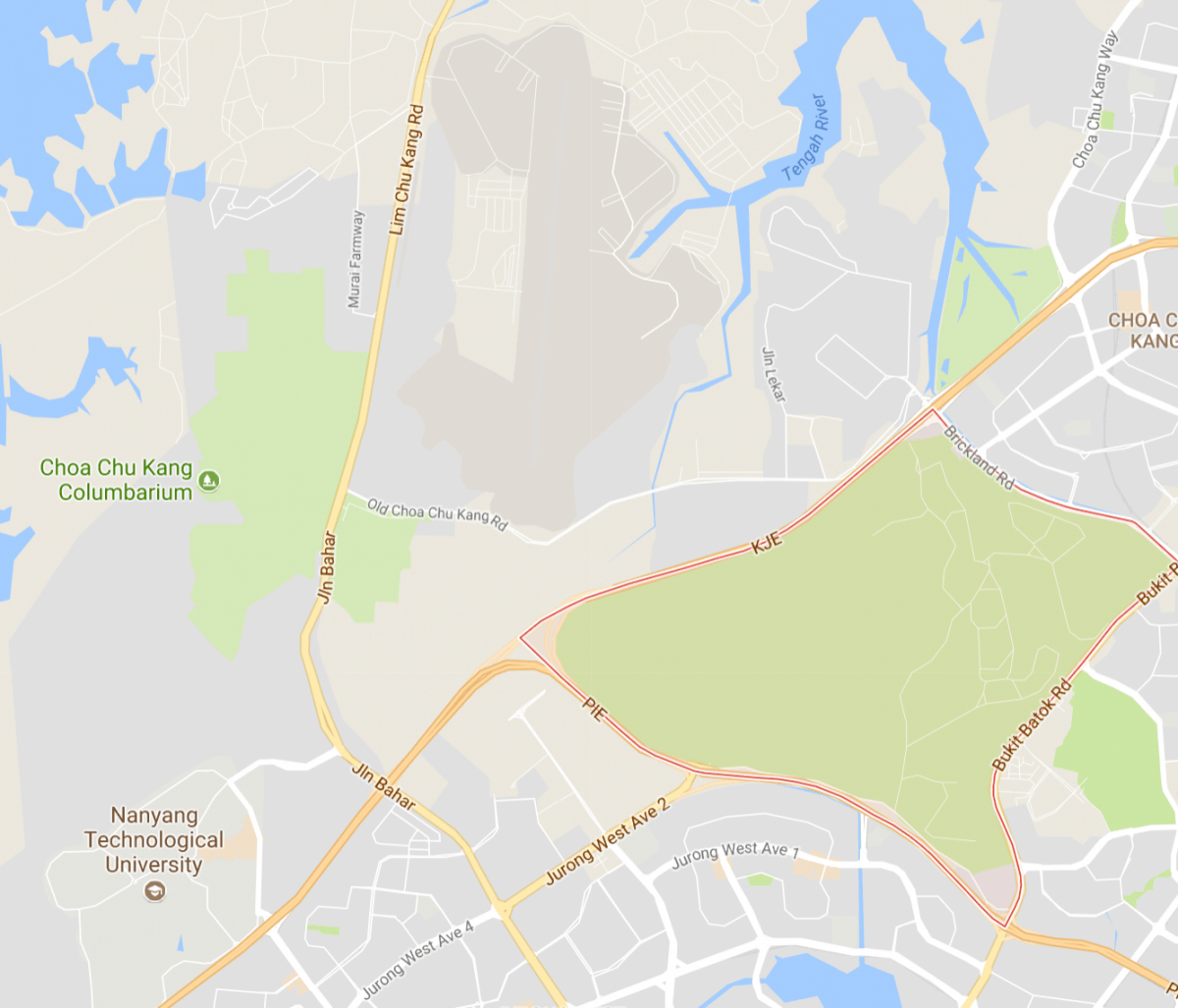
For one, 6 farmlands – which include a vegetable farm, an egg farm, and a plant nursery – will have to make way for the expansion. For some like Mr Mac Teo, who has been operating on the same plot of land for 30 years, it comes as a great loss.
Similarly, the potential residents of Tengah, HDB’s latest large scale housing project, which will be the size of Bishan, will also have to endure the increased sound pollution from the additional runways.
Even the dead are not exempt from this – as close to 80,000 graves will have to be relocated for this move.
A Thought For Heritage
Ultimately, all of this brings up the question of how we decide if heritage should be kept and if we perhaps, need to spare a larger thought for heritage.
Certainly, Tengah has a strong case to be preserved. Undoubtedly, it is one of the last few lands in our already land-tight nation that is virtually untouched by urbanisation.
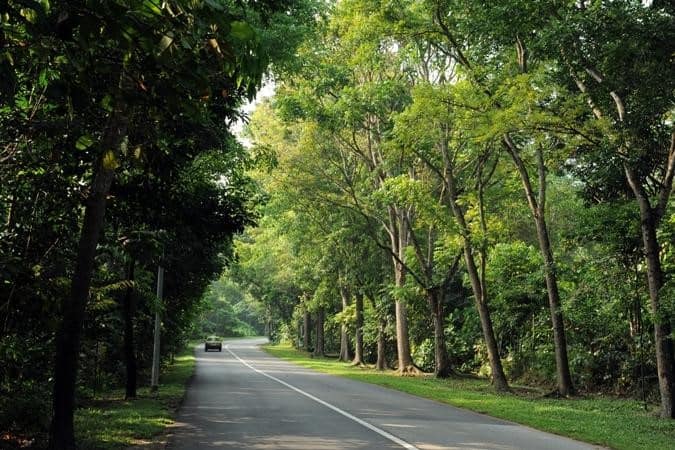
Quite literally, Lim Chu Kang road was gazetted as a Heritage Road by National Parks for its fauna and its historic use as a link between the old villages and Choa Chu Kang Road. It will have to be realigned as a result of the expansion.
Outside of history and nature, the long and winding road has also become a fond memory for Singaporeans.
As someone from the Armour formation back in his national service days, this writer has fond memories of travelling along the road to the famously ulu Sungei Road Camp.
While seeing the rows of cemeteries and having to whiff in the smell of fertiliser may not be the most conventionally pleasing sight, it certainly reminds you of a time where Singapore was not just skyscrapers and tall gray buildings.
In addition, many Singaporeans have had their relatives and family members buried in these lands, and it may be a difficult decision to move their place of rest. While the government has offered to cover the cost of exhumation, reinterment, and cremation, it is still perhaps better to leave the dead be.
While the current situation only affects Lim Chu Kang Road, the cemeteries, and the farms, we should not forget the historic value the entire area holds.
Apart from being the site of many farms, Tengah and its surrounding area were also an important site in World War 2 as Sarimbun Beach was where the Japanese first landed in Singapore.
There is also the famous Neo Tiew Village, which has since been converted into an urban training facility by the Singapore Armed Forces.
Hopefully, these sites will be saved, and not forgotten.
A Case For Development
In response to the entire issue, the Ministry of Defence provided a simple explanation:
“The expansion of Tengah Air Base (TAB) will allow MINDEF to build infrastructure and facilities to house aircraft assets, operational flying and support squadrons and other facilities that will be relocated from Paya Lebar Air Base (PLAB). There will also be a new runway built in the expanded TAB to meet the Republic of Singapore Air Force (RSAF)’s operational requirements.
“The relocation of PLAB will free up 800 ha of prime land in the northeast region. Overall, there will be net land savings from the relocation of PLAB to TAB and Changi Air Base.”
According to the Straits Times, the underlying purpose of this move is to free up space for the Paya Lebar area, which currently experiences building height constraints due to the presence of the air base.
The space will then be used for commercial purposes, such as homes, offices, factories, and parks.
In the past year, two sites have also been widely debated over their value as heritage sites.
Undoubtedly, Oxley Road’s motivation for gazetting was controversial. While it does hold value as the home of Singapore’s founding father, there were also allegations that it was politically driven.
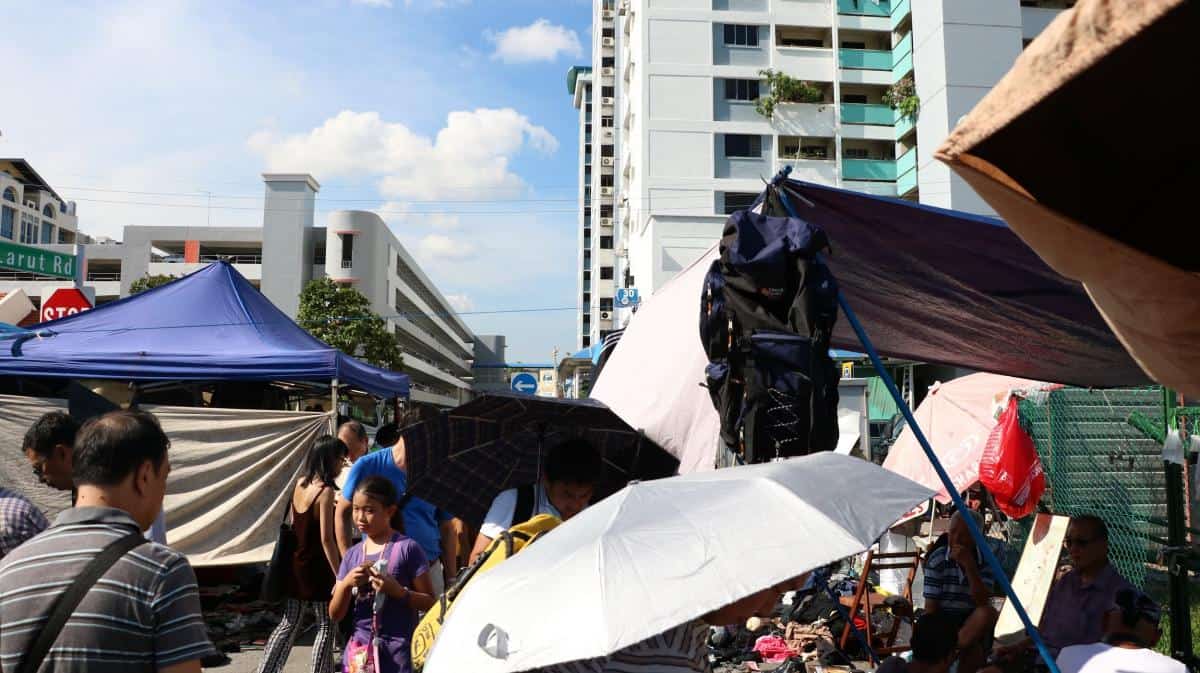
Sungei Road’s context draws a more similar case to Tengah. Those who objected Sungei Road’s displacement may mourn the loss of a culturally relevant site, but the space will eventually go into building residential homes.
In Tengah’s case, the trade-off for their livelihoods and heritage is that of national security, economic benefit, and social welfare.
While the relocation of graves, farms and the realignment of Lim Chu Kang Road would be a major inconvenience, what Singapore gains is a more organised air force, and in another part of our island, a potential space for new families and businesses to start.
If you think about these reasons with Singapore’s land scarcity in mind, you can understand this difficult decision.
Can We Measure Heritage?
However, there is one caveat; while Tengah’s benefit is mostly economical, the cost of heritage is less tangible. This is where it gets tricky.
Singapore is a very number-first society. If you have hard data and information to back you up, it is easy to justify a lot of things.
Heritage and memory are definitely an important aspect of our urbanised and rapidly developing society, but in the case of the Tengah debate, this is where it ultimately falls short.
Hopefully, in the future, there will be better methods and opportunities to push for greater conservation of not just our heritage, but our natural environment as well, which is often a forgotten victim of development.
Until then, we can only hope that the trade-off for Tengah will be worth it.







